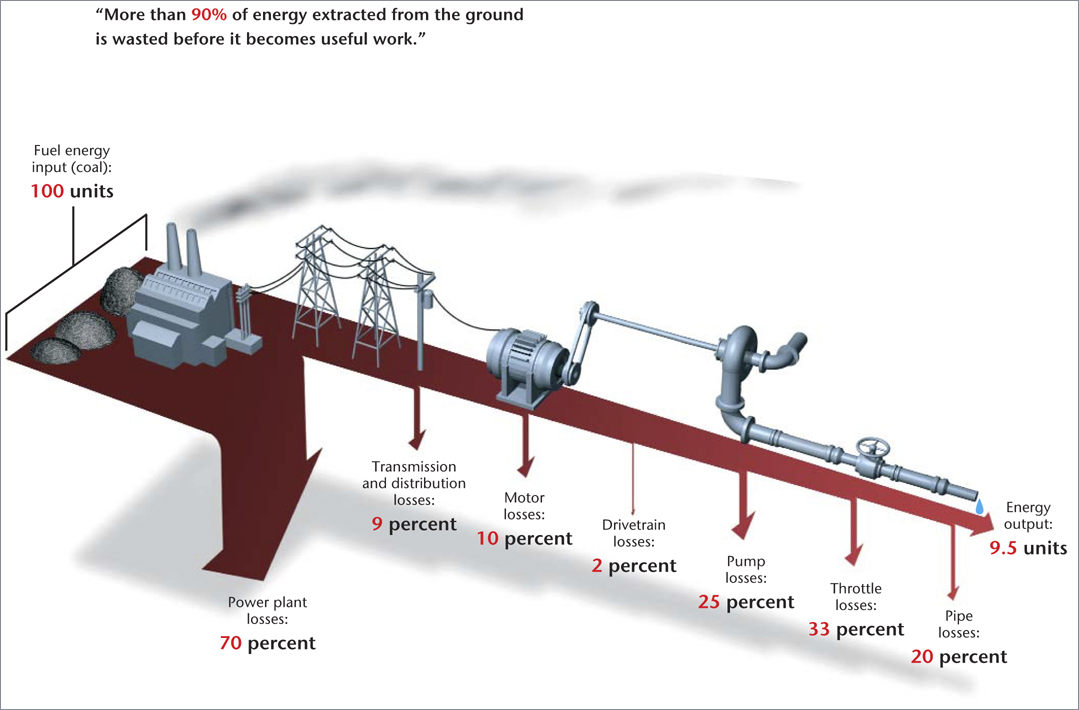The very fundamental of the success of any technology or product is the economic feasibility to the investor. The green technologies for power generation are no different. Usually all the technologies at their nacent stage are not cost effective due to lack of scale. However, if the product has the potential to benefit the community as a whole, the government usually pitches in and subsidises it initially to make it affordable. Once, the volumes of the product/technology increases, the market forces automatically bring down the cost and eliminate the need for subsidy in many cases. Photovoltaics is one such case. The Government of India via it's Ministry of New and Renewable Energy has provided different drivers for making solar power affordable to the public in general. I will discuss about one of the drivers, subsidy.
Subsidy driver is specifically targeted towards the off grid market or distributed generation. As per the defination of off grid, it is any system which is a 100% captive solar PV system (does not feed to the grid) with a size less than 100 KWp and is connected to the LT side of the electrical system. MNRE has given a bench mark pricing of Rs 270 / Wp for a battery based system and Rs 190/Wp for a non battery based system. Wp is the rating of the capacity of the installation. There is a facility to avail a central financial assistance for 30% of the project cost upto the maximum of the bench mark costs. The bench mark is reduced year on year to keep up with the current market scenario. Apart from the subsidy, the investor can avail upto 80% accelarated depreciation from his taxable income. Assuming the investor is in the 30% tax bracket, upto 50% of the investment on the project is repayed back via subsidy and tax benefit only.
Such financial benefits are excellent for companies paying the present commericial tarrifs of Rs 6.00 per unit and above. Factoring in the increase of tarrif year on year, the financial benefits given by the Government and the present prices of the photovoltaics, a payback of 4-5 years is a reality. The lifetime of well designed and well engineered PV system will definitely be greater than 15 years, hence giving much more worth to the investors money.
For certain limited specified models of Solar PV systems, there is a bank loan facility of 5% pa from any nationalized banks for non commercial or individual customers for 50% of the system cost. However, the models in this case are smaller in size, specifically for the rural areas and suitable for power backup systems only.
The process for applying and availing subsidy has more than one channel and for every channel the procedures are well laid down. The only issue is the high amount of time required and the paper work in applying for and the disbursement of the subsidy. It is however a small price for the kind of savings that one can achieve.
In a nutshell any commercial entity paying Rs 6 and above as its energy charges will benefit a great deal economically by the installation of Solar PV system. The system size depends on the connected power load and the area available on site. However, the payback remains nearly the same for a large range of system size.
There are other drivers from MNRE which specifically aim at increasing the generation of solar power being fed into the grid. Such systems encorage establishing Solar PV power plants to the tune of few MWs. Feed in tarrif is one such driver where the power producer gets a higher tarrif as compared to other conventional sources of power. Secondly, there is a Renewable Energy Certificate (REC) scheme under which 1 REC is issued against every 1000 units generated by PV power plant. These RECs can be traded in the power exchange for the price of the REC. The price of the REC has been fixed between Rs 9300 to Rs 13,400 per REC. Apart from the revenue generated from REC, the power producer will get the Average Power Purchase Cost of the Discom.
The subsidy driver acts towards making the "consumption" of solar PV generated power affordable for the investor where as the Feed in tarrif and REC mechanism focus on making "generation" of PV power financially vaible for the power producer.
In conclusion, with the existing policy frame work, solar power is not expensive but much more financially vaible than the conventional sources of power. If you want to make use of this amazing investment opportunity please contact me at varun.sarwate@sunpossible.in . We are focussing on promoting the off gid or distributed power generation systems for commercial and non commercial entities.
